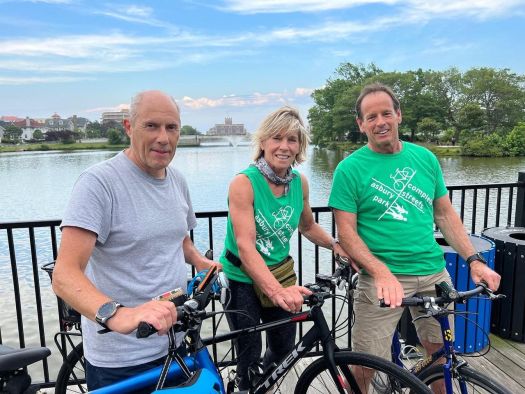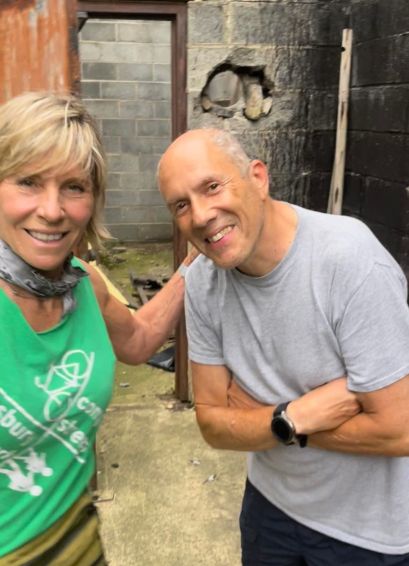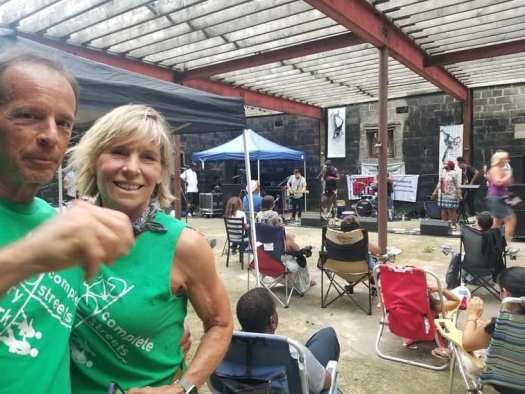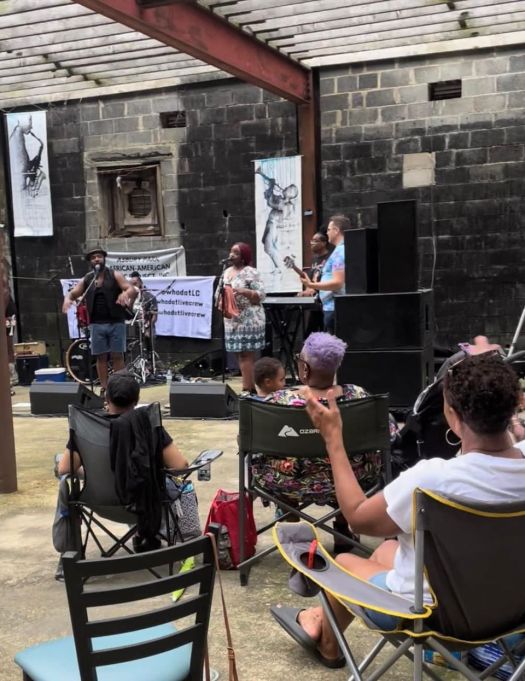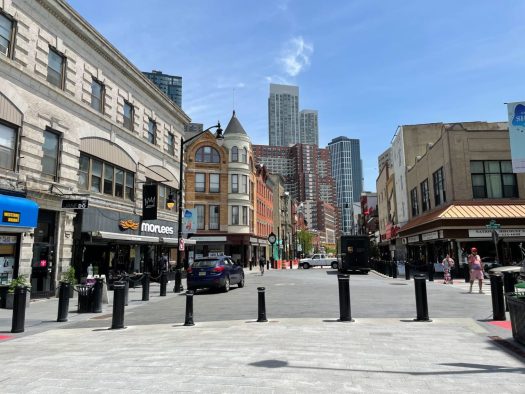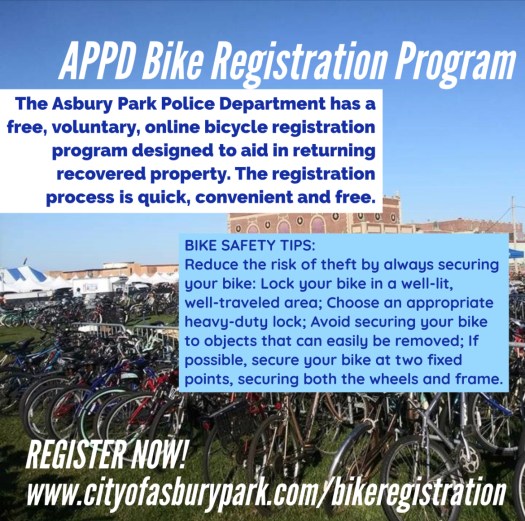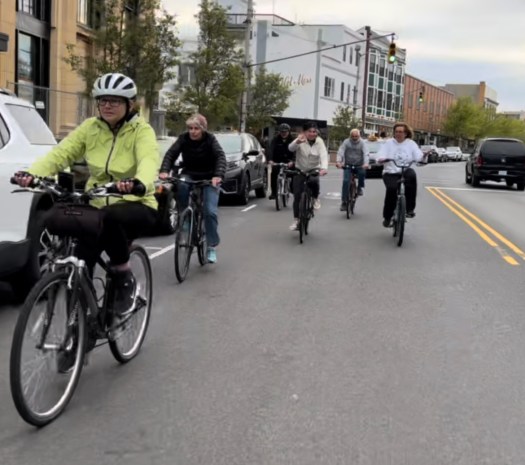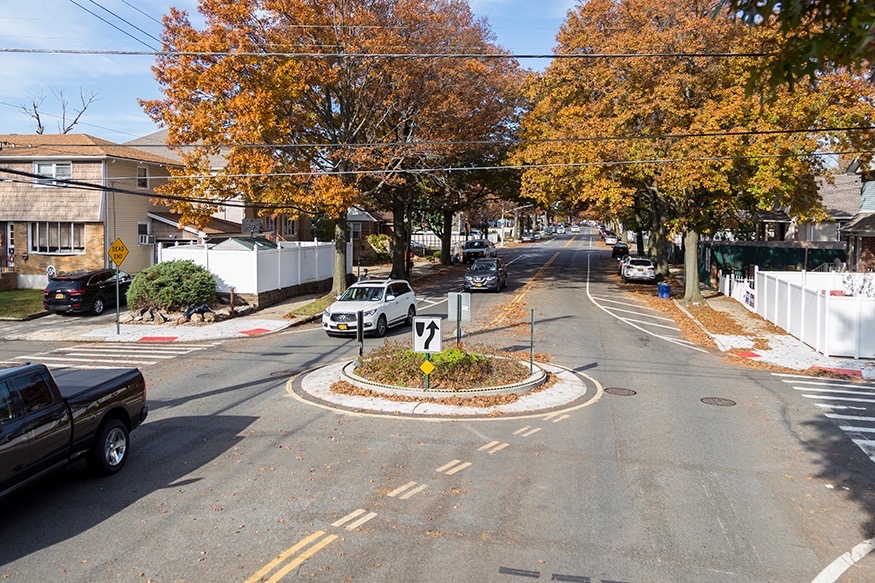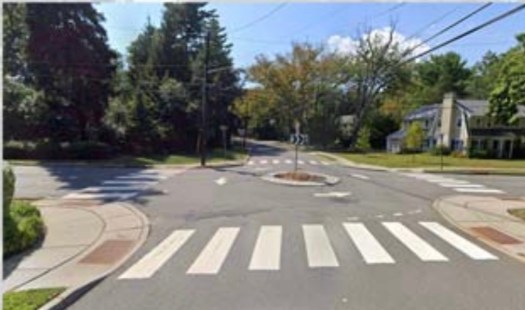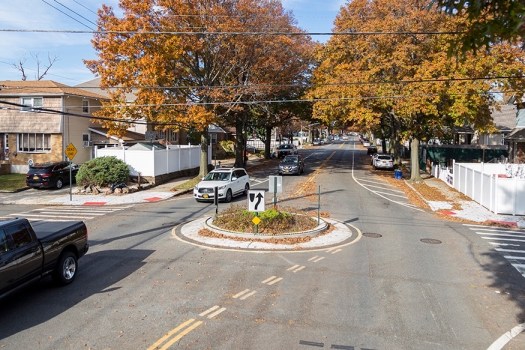We’re excited to share the documentary,“The Street Project, premiering on PBS International and Amazon Prime Video on Aug. 25.
The film will be illuminating for many, especially those who drive – which is almost everyone. It brings the American traffic safety crisis — and its possible solutions — to a TV audience.
Bicycle fatalities increased more than 40% between 2010 and 2020, according to the National Safety Council, and preliminary 2021 data from the Governors Highway Safety Association showed that last year saw 7,485 pedestrian fatalities, the most in 40 years.
Bicycle infrastructure on Asbury Park streets, particularly protected infrastructure) is far behind were we have hoped it to be since we began advocating in 2015, outlined in the AP Complete Streets Resolution, and in the city’s Plan For Walking And Biking.

The surge in vehicle crashes is disproportionately harming lower-income families and Black Americans.
Many people in Asbury Park walk and ride bikes or scooters for daily transportation.
Pedestrian behaviors like jaywalking (fake, made up by the auto industry) have been a smokescreen to get drivers off the hook for the surging numbers of walker and bicyclist injuries and deaths in the US. Drivers have gotten off for years claiming, “she came out of nowhere”, and the media, influenced by the auto industry has been blaming people walking distracted by cell phones, or blaming people riding bikes and scooters.
It’s almost NEVER the case that crashes happen because people ride or wander into traffic.
The US leads the world in traffic deaths. Crashes have increased to catastrophic numbers in 2022, the highest in 20 years, and it’s NOT due to the behaviors of people walking or rolling.
The design of our roads encourage (or do little to deter) speeding, and the proliferation of huge vehicles, and driver distraction from dashboard screens have led to a surge in crashes, injuries and deaths of people outside of vehicles.Tom Flood, a former auto ad executive, now a walking and biking advocate using his ad skills created this jarring video: Dashboard screen experience: iCrash, iKill.

Drivers are speeding in gigantic “living rooms on wheels”, with built-in dashboard distractions, on roads that were designed to expedite the movement of vehicles. The incredible power of auto industry advertising has hijacked our brains into believing that we have a human right to drive, that our vehicles are tied to our identity, and that drivers own the road. Safety campaigns aimed at the behavior of people walking and rolling, and the mistaken idea of “shared responsibility” on our roads are contributing to the ongoing problem of traffic violence.
The government has blamed the increase on speeding, impaired driving and other reckless driving behavior. The USDOT has pledged to fund investments in speed enforcement and to build safer roads. We can do the same here in Asbury Park.
We can do things right now to stop traffic violence in Asbury Park.

Crashes have been occurring with greater frequency in Asbury Park.
Reducing car dependency with alternative transit options (Via in Jersey City is an idea!) will reduce traffic. Traffic calming measures are not always laborious or expensive, and there is already grant funding appropriated for projects which have not yet begun. AP administration has been advised by APCSC of NJDOT grants, and Federal grant programs: SS4A and RAISE grants.
There is funding available, but it takes prioritizing, commitment, and political will to get things done.
We are advocates of safe streets for the most vulnerable road users in Asbury Park – that’s literally anyone not inside a car. Cars still rule here, and there’s a political fear of alienating and angering drivers. We get it. Drivers vote, and votes matter. But what matters more is the human health crisis of traffic violence. We believe that a message promoting a safe and healthy city will win votes.
APCSC supports bold candidates who will step up to make permanent change on our streets. Stay tuned.
Onward~
Polli Schildge Editor APCSC



